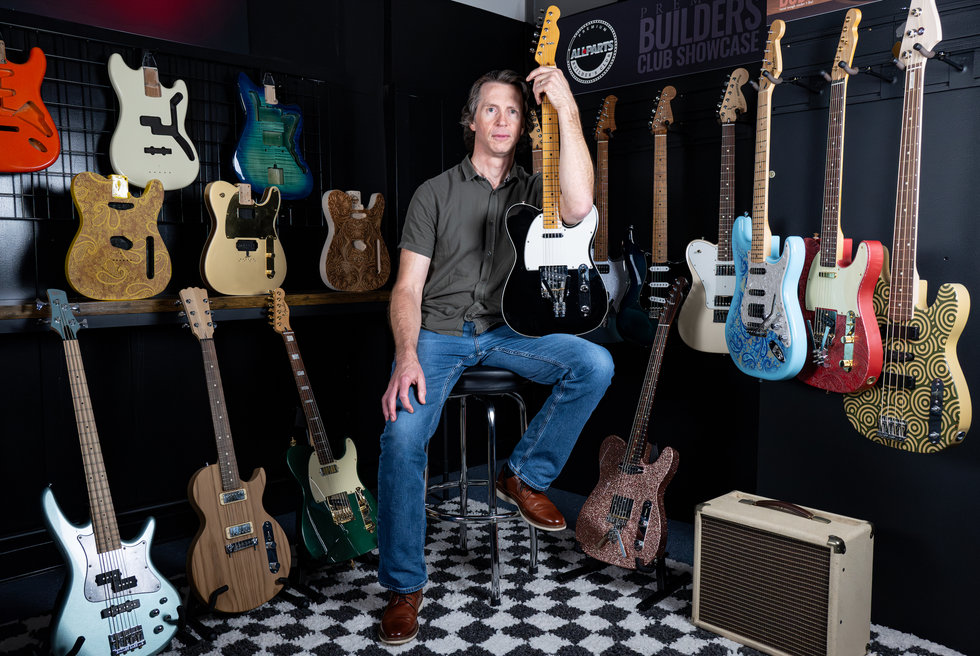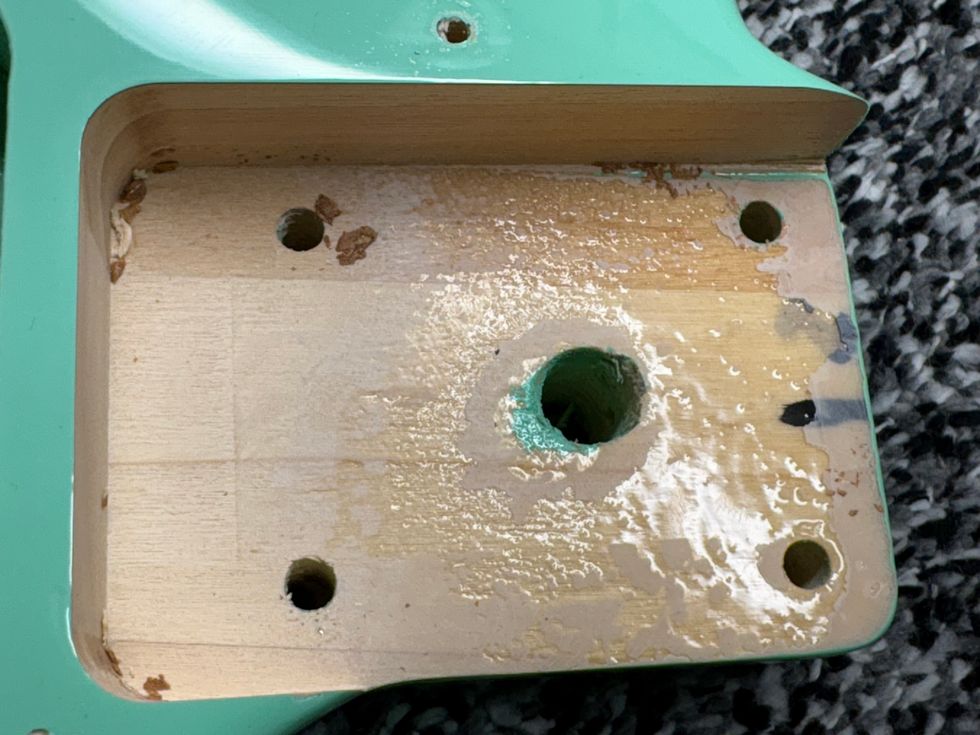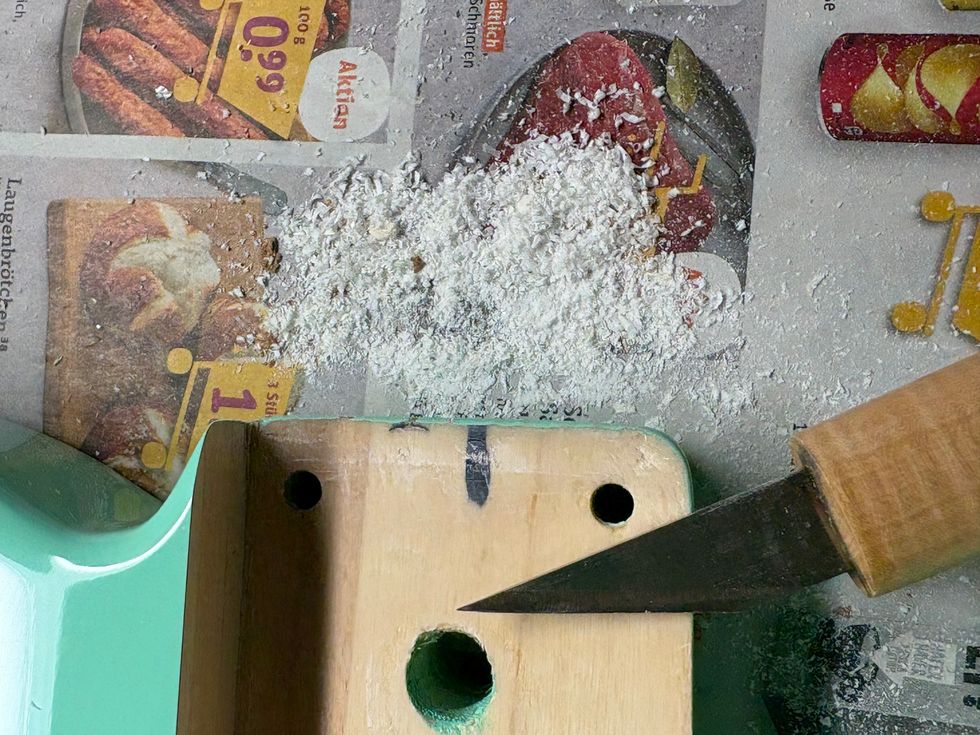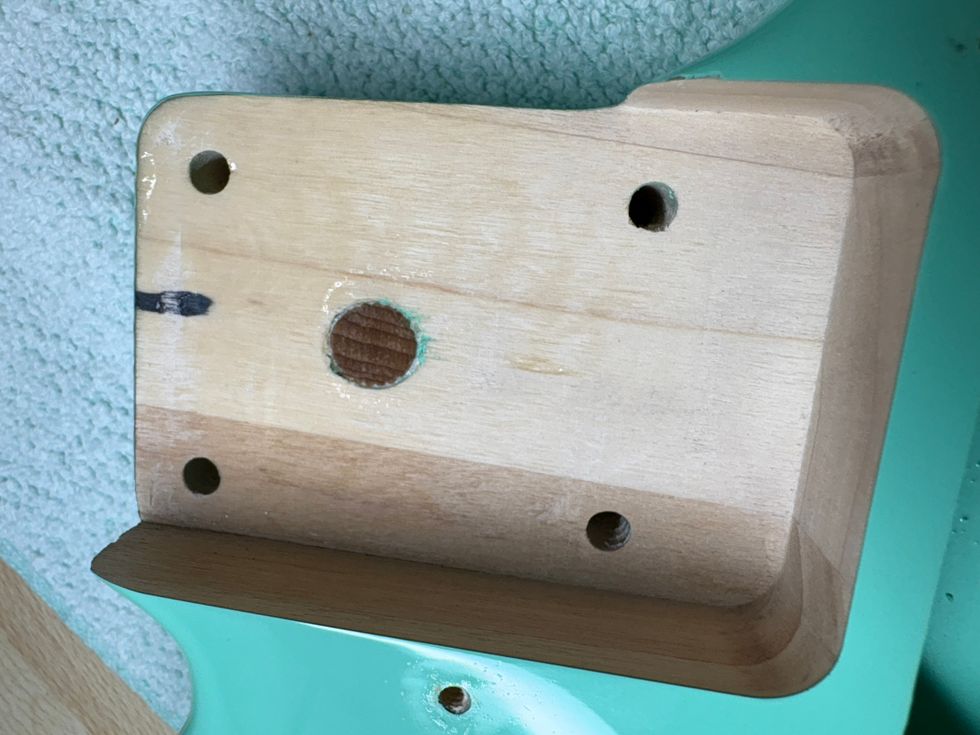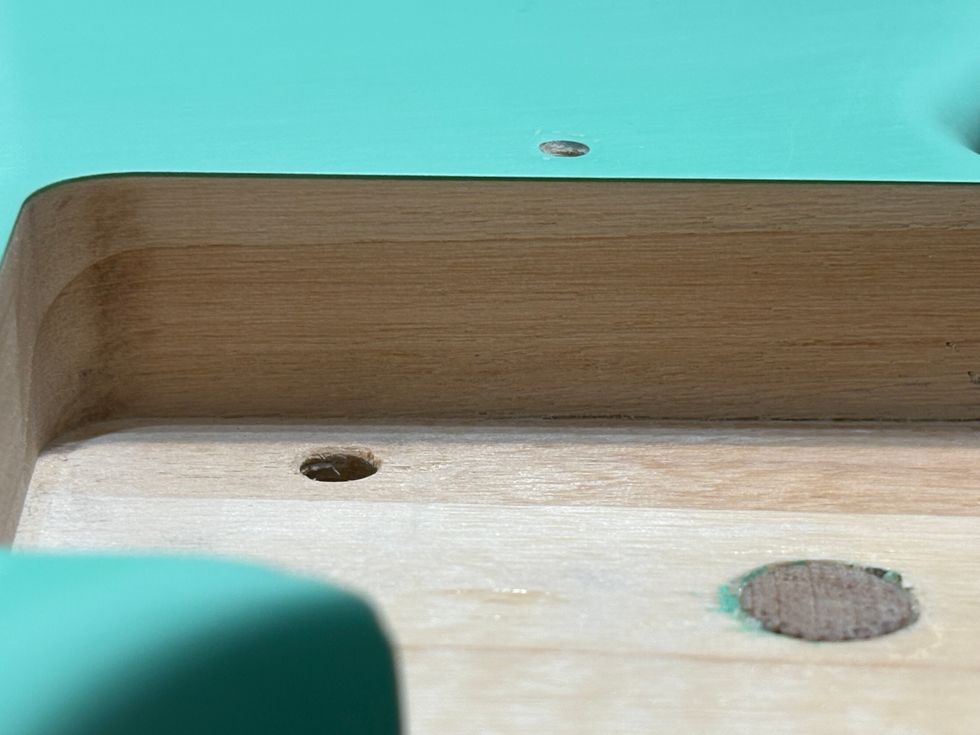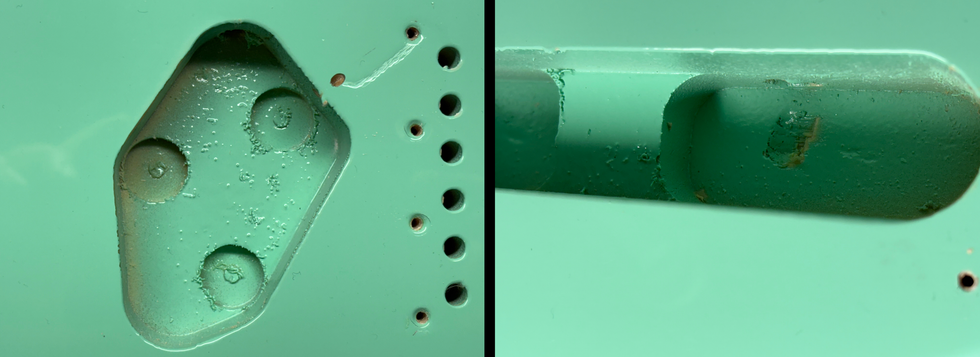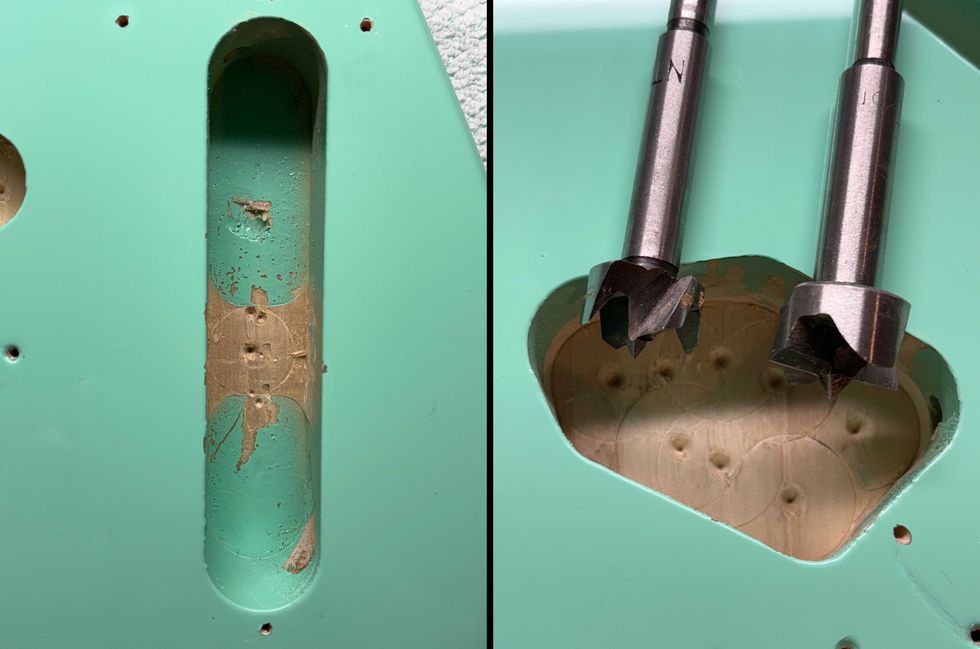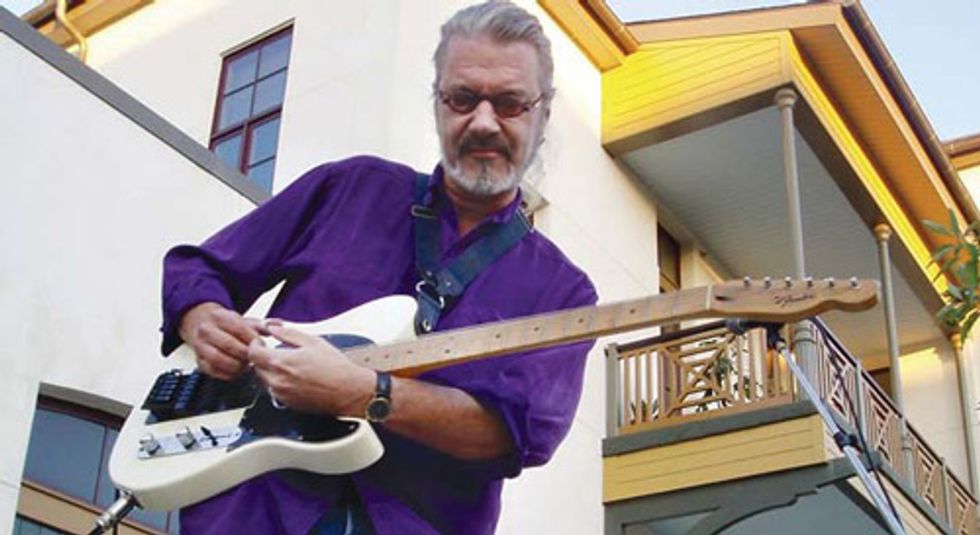
Sam Broussard wailing on a Tele equipped with a Hipshot Trilogy bridge that lets him instantly
retune each string to one of three preset pitches. Photo by Jan Boney
Sam Broussard, who hails from Lafayette, Louisiana, has one of the most distinctive guitar styles I’ve ever heard. His hybrid mix of Cajun, funk, and slide, mingled with use of multiple tunings and a big, meaty tone, blew me away when I first saw him perform with the Grammy-nominated band Steve Riley and the Mamou Playboys. Since then, I’ve become friends with Broussard, and I’d like to take this opportunity to share an interview I recently did with him so he can share with you some of the knowledge and sonic wisdom he has gleaned from his years of touring and session work.
How many years have you been playing out on the road?
Since 1970—so around 41 years. Did you have to ask? [Laughs.]
So, by now, you must have used about every amp on the planet. Sure, the most common ones. You can’t fly amps. You can fly a head, but it’s expensive—and it’ll take some serious knocks. In the early days, when everyone was driving everywhere, you could use what you owned if it fit in the bus or van. These days, it’s backline amps supplied by the venue. This can be anything, literally, but mostly it’s Fender Twins. Once I had to play through an acoustic guitar amp.
What is your desert-island live amp?
That would be a Fender DeVille 4x10, which I finally bought. It’s voiced well, has a good dirty channel, and the clean channel is great for steelish slide. I just love 4x10s. They always sound good with a Telecaster—in all pickup positions.
What made you become a Tele player?
I’m a traditionalist about guitars, and I appreciate the Tele’s limited options. If you can’t do it well on a Tele, then you can’t do it. As Brad Paisley said, it’s a baseball bat with strings.
Have you been playing a Tele since you started going on the road?
No. I’ve followed the trends, playing Gibsons, Strats, Yamahas, and so on—all the classics, like ES-335s. I had a goldtop Les Paul I sold for $400—shoot me!
Which guitars do you take out now?
A 1970 Telecaster and, for slide, a ’90s Mexican-made Tele with Fralin pickups. The ’90s has a Hipshot Trilogy bridge, which lets me change tunings on the fly using 3-position levers on every string. Sonny Landreth turned me on to that. The acoustic I take out is a fabulous rosewood Bourgeois Vintage D that has a surprisingly natural sound with an L.R. Baggs Element undersaddle pickup. My preamp is either a D-TAR Solstice or a Radial JDI.
What tunings do you use?
Primarily open G and open D, as well as open F, which is just G down a whole step. I also use some variations, like D over G—a tuning I can quickly get onstage using the Trilogy.
What does your live rig consist of?
When we fly, it’s pedals only. I bring a Barber LTD overdrive for my ’70 Tele, a Demeter F.O.D. for heavy slide, an Xotic RC Booster for both guitars, and two Boss compressors—one for the electrics and the other to boost my acoustic. The idea is to have many gain options, since I might get a Twin, which I can’t turn up enough to sound manly.
Do you use the same amp setup in the studio?
No. My studio gear is similar, but not exactly the same. In my home studio, I use a Ceriatone HRM driving a 4x10 cab. I record into Apple Logic 9 through an Apogee Ensemble with Manley outboard gear. I’m using a Royer R-121 mic into a Groove Tubes Vipre preamp. For some clean tones, I actually prefer amp simulators, and sometimes I use an old Roland VG-8 for steel effects and other tones that are impossible otherwise. For recording the acoustic, I use two old Neumann KM54s through a LaChapell preamp and Manley Variable Mu limiter/ compressor. It’s a killer chain.
What pedals do you use in the studio?
I have a preference for Barber distortion pedals—they sound natural and are voiced well. The Jetter GS3 is good, and the Lovepedal ProValve is really nasty on 1. Also, I like Keeley and Boss compressors. I don’t use delays or reverb.
What are some of the records you’ve played on?
The Mamou Playboys have two Grammy nods, and there’ve been nods for other records that have come out of the South Louisiana French culture, like the Zozo Sisters with Linda Rondstadt and Ann Savoy. I’m on a couple of records by our dearly departed Bobby Charles. I’m not on any other major records except for some Michael Martin Murphey vinyl in the late ’70s. “Wildfire” was a big song. Mostly I tour. The A-team sessions have eluded me—I’m not squeaky-clean enough as a player.
How do you translate what you do live into the studio?
I like it when I have enough time to compose my part, because my strength is inventiveness. If there’s no time, I stay in the safety zone and go for elegant touch, because that’ll be the only thing that differentiates you. It’s not the melodic lines— because too many producers want what they’ve already heard. I call that hamburger.
So what is next on your plate?
I’m doing an album with my old band Silverman and one with Jean Arceneaux, our best Cajun French lyricist. And there’s a Texas blues trio with Johnny Nicholas and David Greely. I’m doing solo shows, as well—and, of course, still going out on the road with the Playboys.
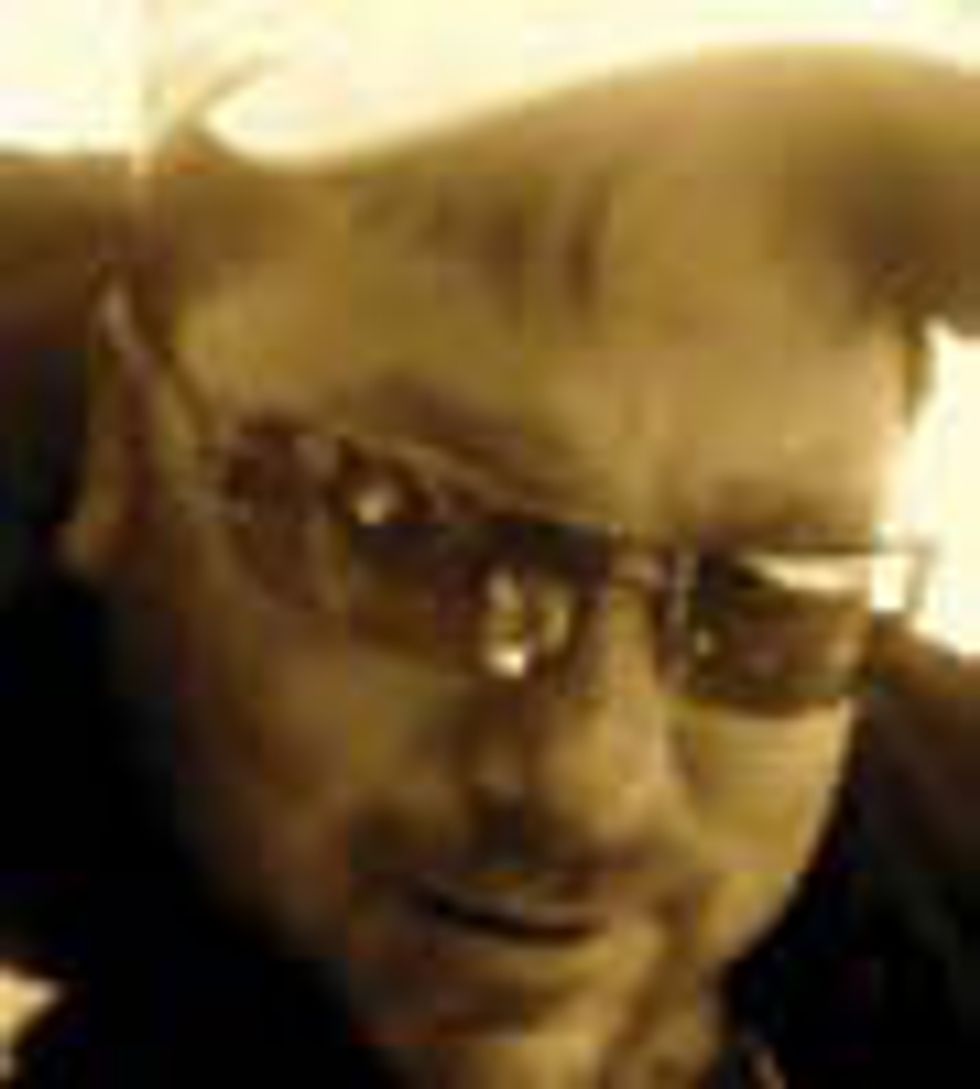 Rich Tozzoli is a
Grammy-nominated
engineer and mixer who
has worked with artists
ranging from Al Di
Meola to David Bowie.
A life-long guitarist, he’s
also the author of Pro Tools Surround
Sound Mixing and composes for the
likes of Fox NFL, Discovery Channel,
Nickelodeon, and HBO.
Rich Tozzoli is a
Grammy-nominated
engineer and mixer who
has worked with artists
ranging from Al Di
Meola to David Bowie.
A life-long guitarist, he’s
also the author of Pro Tools Surround
Sound Mixing and composes for the
likes of Fox NFL, Discovery Channel,
Nickelodeon, and HBO.


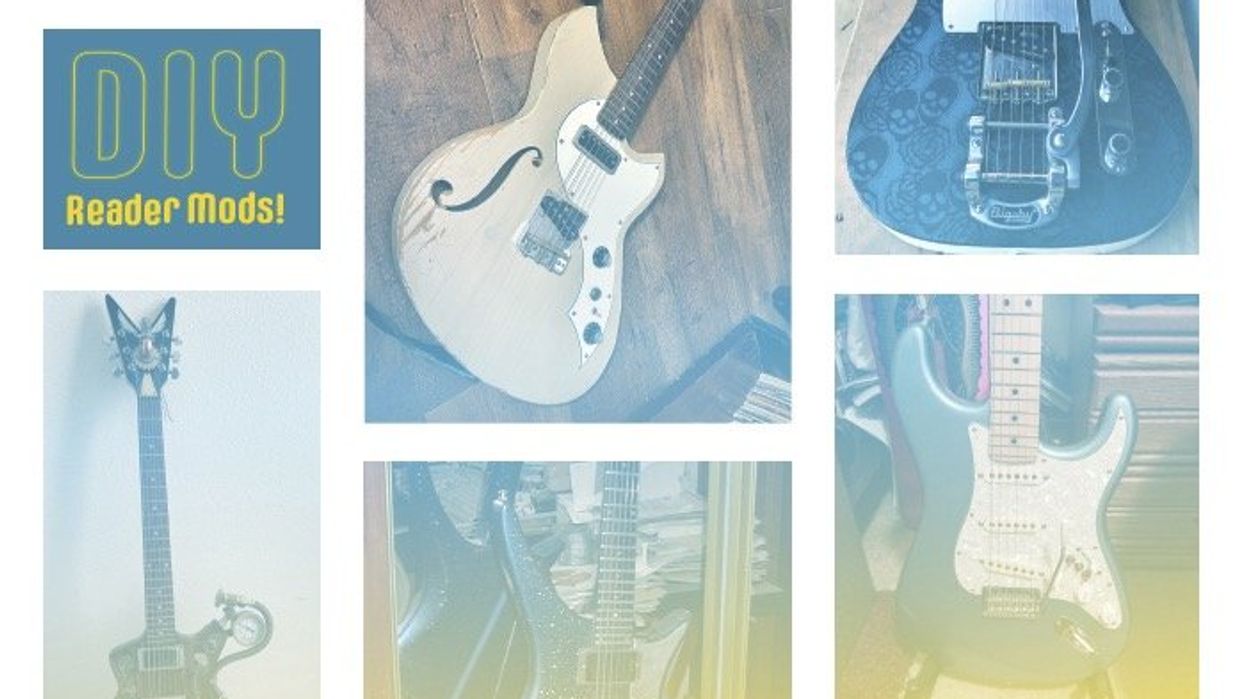
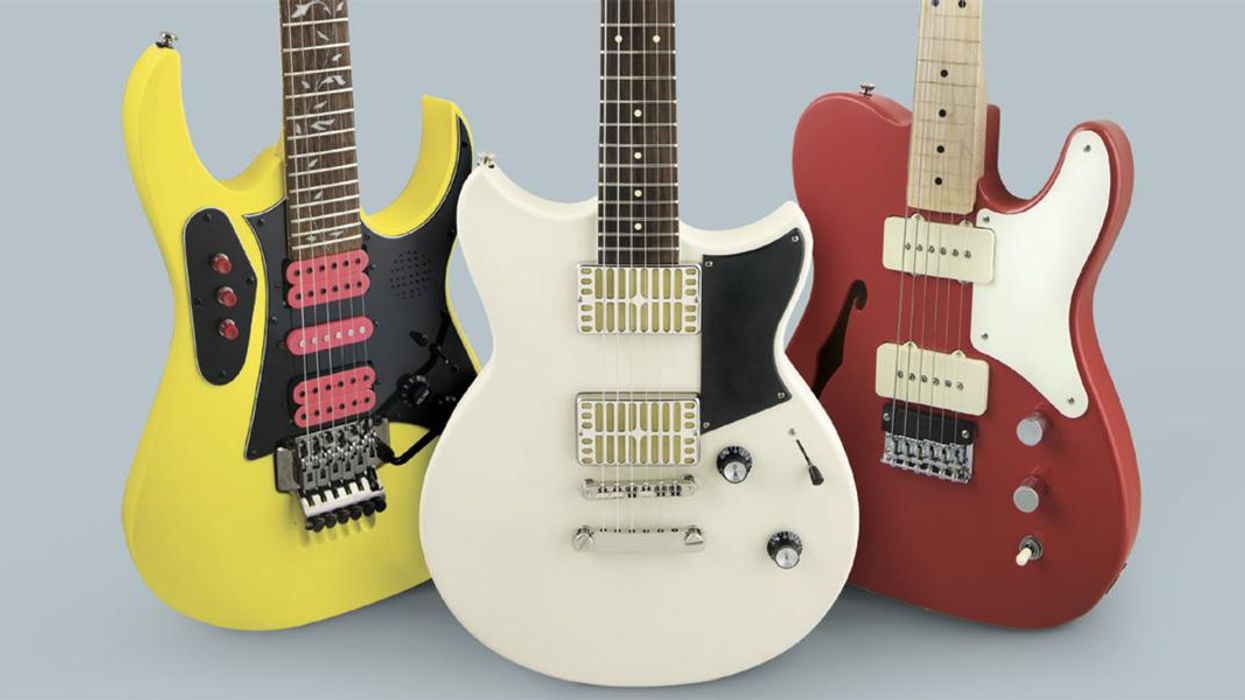
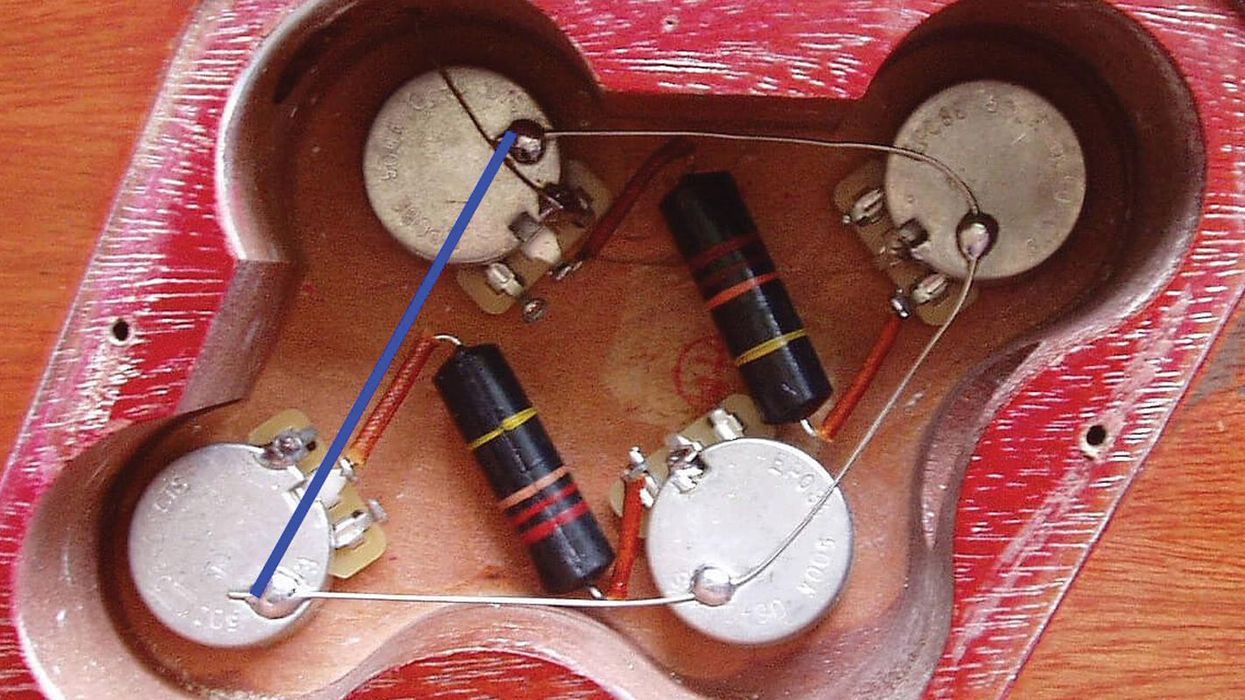
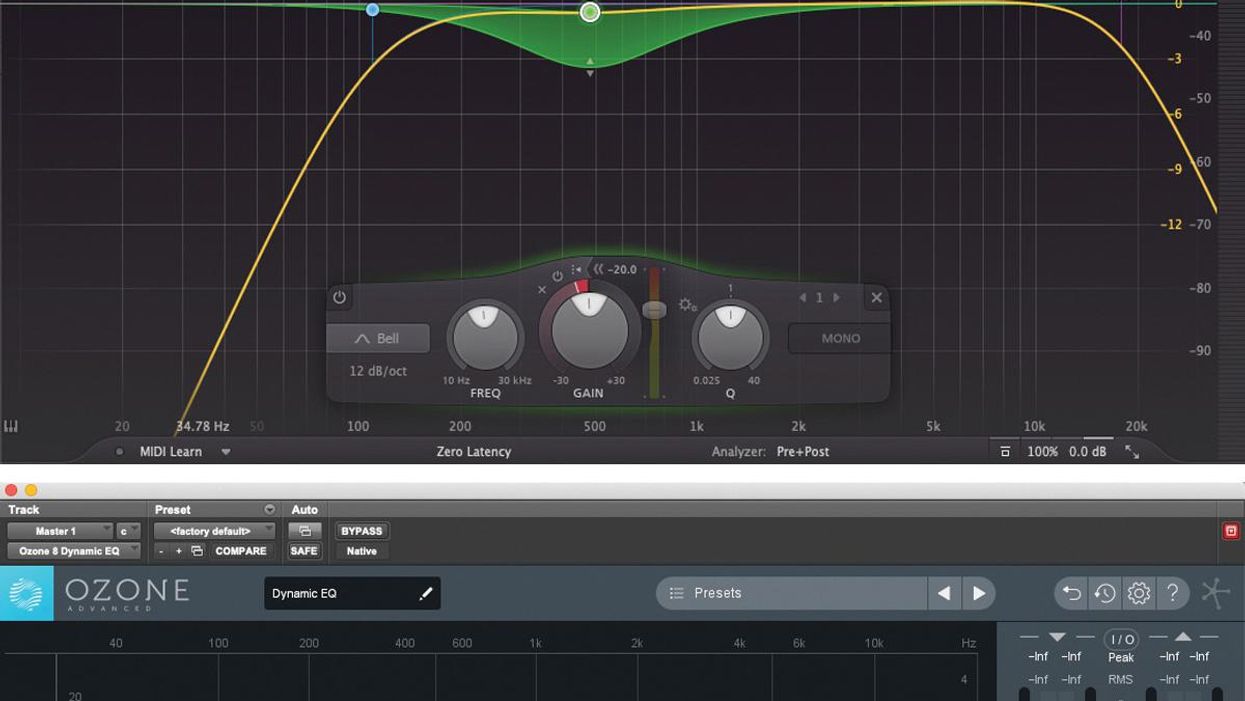












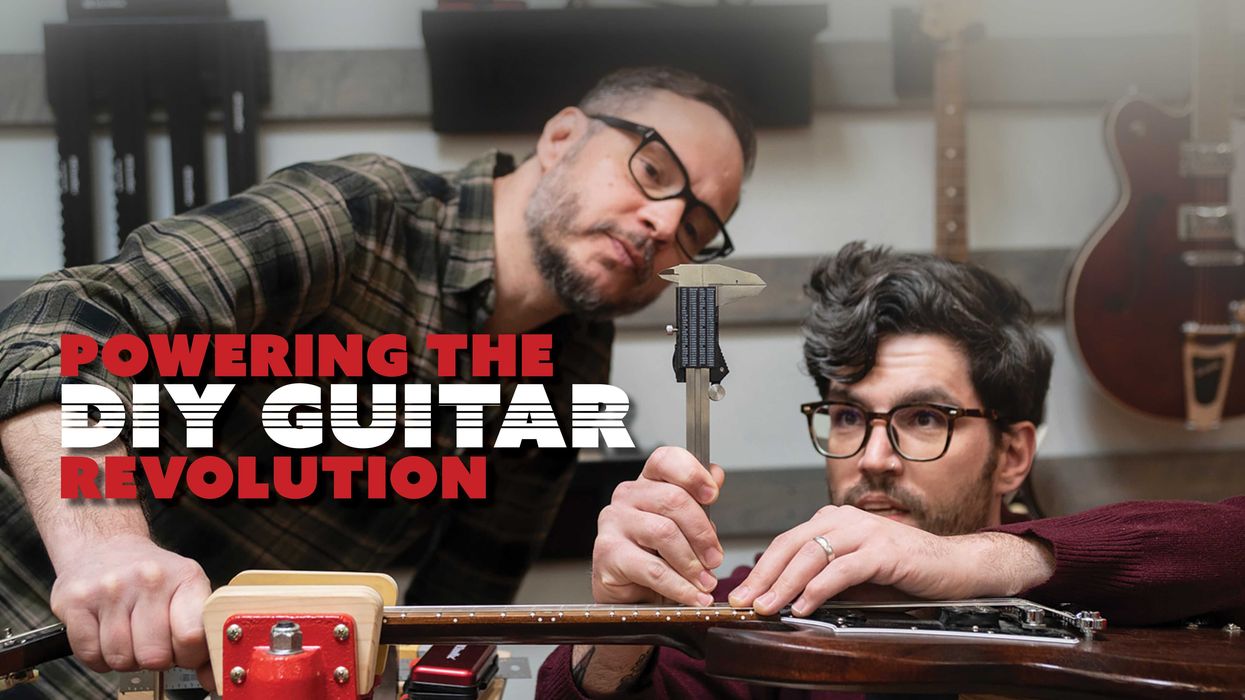
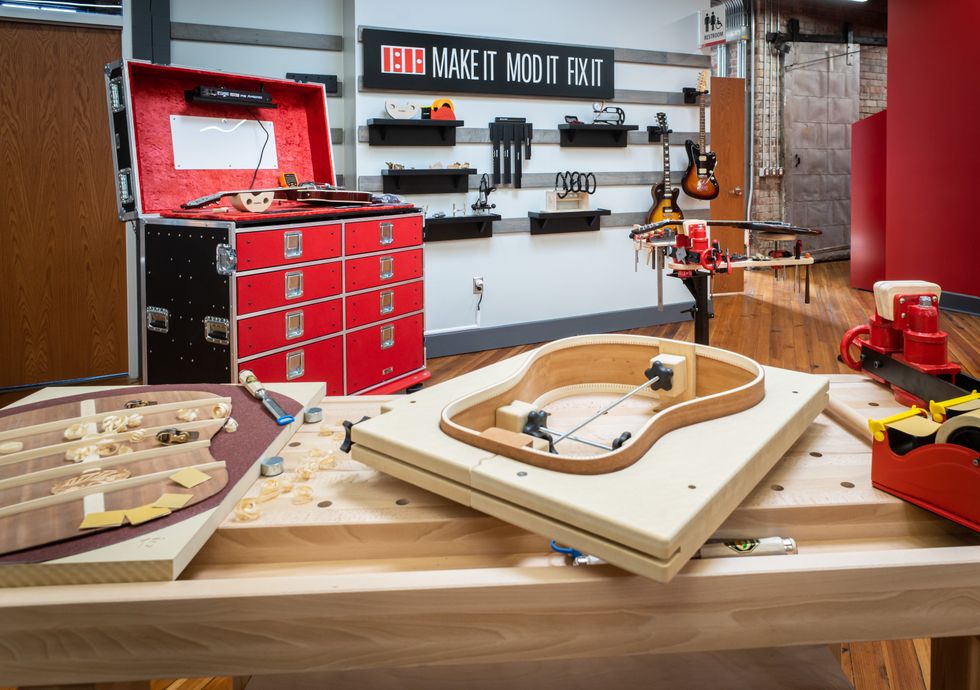
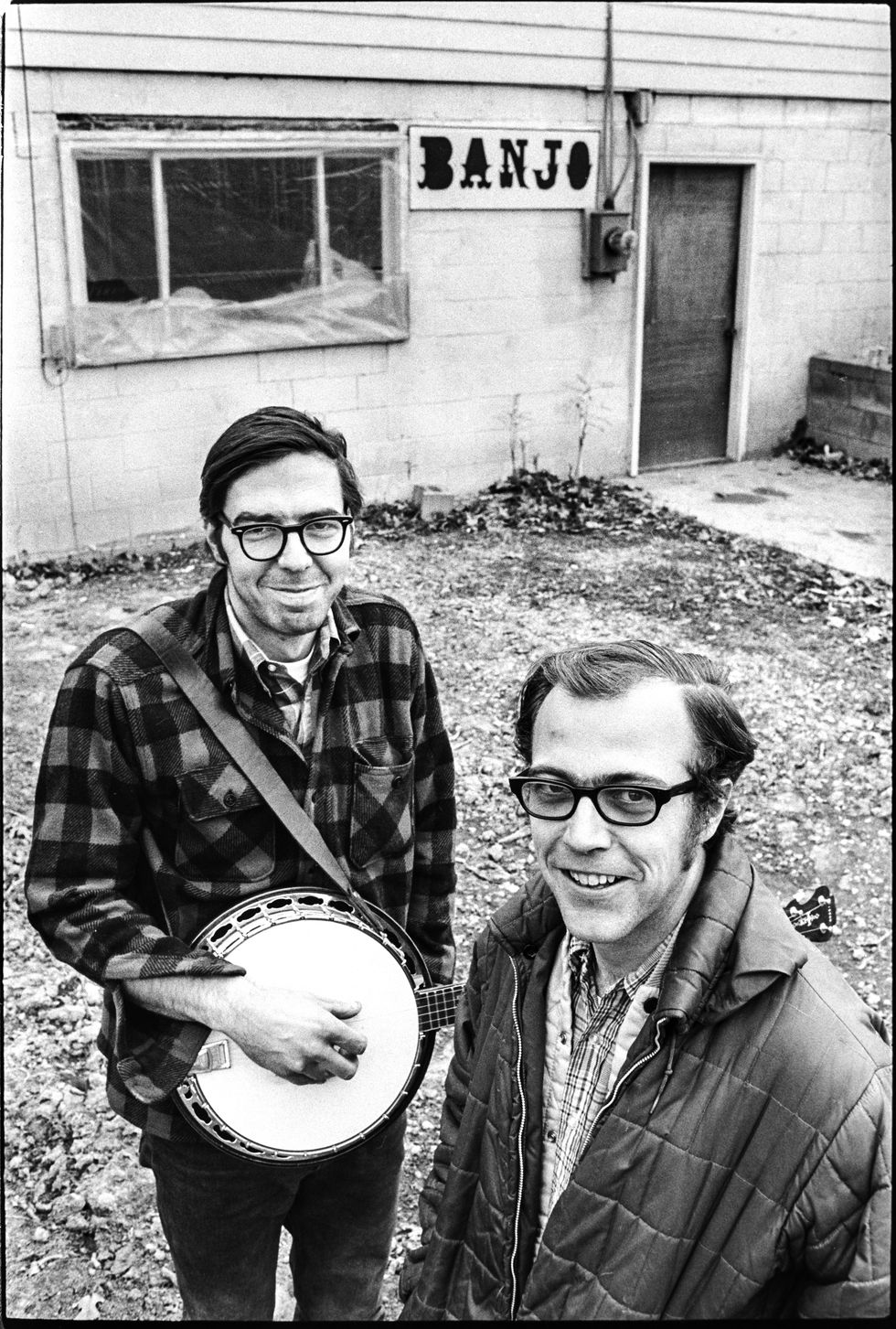
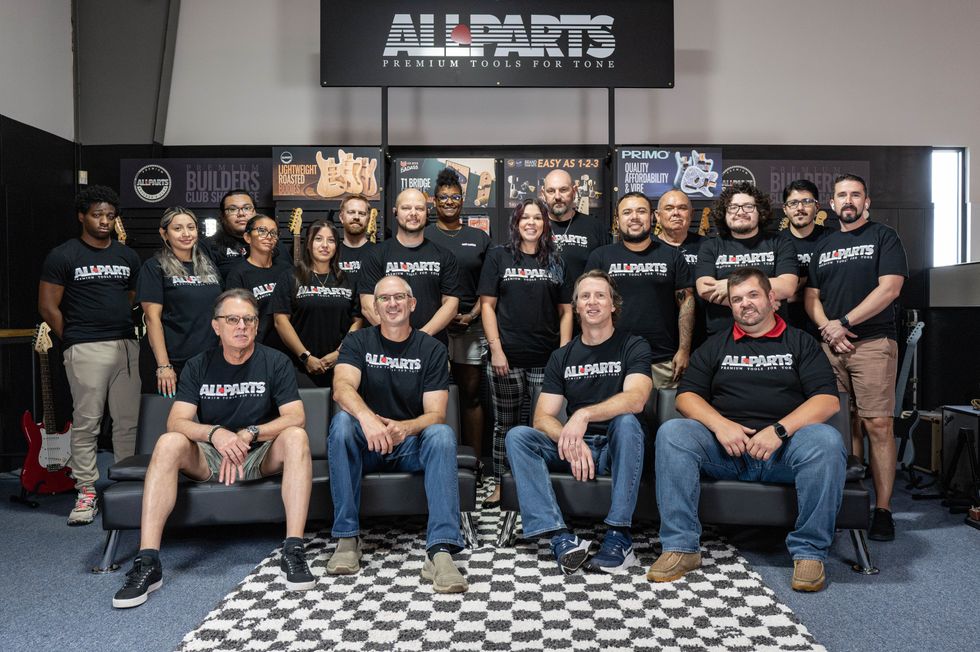 The Allparts team at their Houston warehouse, with Dean Herman in the front row, second from right.Photo by Enrique Rodriguez
The Allparts team at their Houston warehouse, with Dean Herman in the front row, second from right.Photo by Enrique Rodriguez